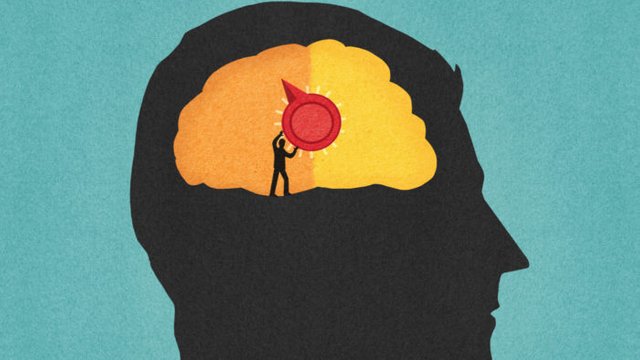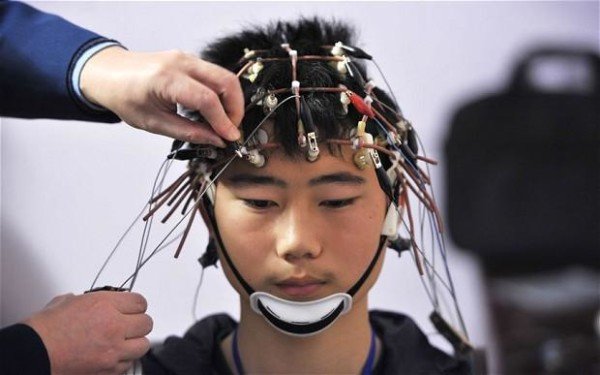
With each passing day, a new discovery is made. Researchers are busy working in the laboratory to find solutions to some of our more pressing problems.
In March 2016, we reported how the classic science fiction movie The Matrix has become a reality. In the movie released in 1999, martial arts was uploaded into Keanu Reeves’ (Neo) brain through a cable connected from a computer to Neo’s skull. He received the skills of the art instantly, and was able to use them to perfection.
Researchers from the Hughes Research Laboratories, based in California, announced a way of speeding up leaning; similar to what was portrayed in the Matrix movie some 17 years ago. The researchers described a simulator they have developed, which can feed information directly into the brain and teach people new skills in a shorter amount of time. This new process will be faster than the conventional “life imitating art.” The process will guide the first step in developing advanced software, making Matrix-style learning a reality.
In a latest study published in the journal Science, people who have inactive memory or struggle to recall events could one day be able to revive them with a zap of magnetic energy to the brain, allowing them to have a “working memory.”

Working memory is the part of the brain which allows a human being to retain a new piece of information, even when their attention is temporarily directed elsewhere.
Nathan Rose, the lead author of the study, and a neurocognitive psychologist at the University of Notre Dame in the United States, explained the study to NPR by using a situation at a cocktail party, in which a person meets two people and learns their names. However, the conversation soon shifts to just one of these people.
“But you don't want to forget who the other person is, in case the conversation shifts back. And usually, you don't forget, because your brain has been keeping the name in working memory — ready to use at a moment's notice,” Rose said.
Rose revealed she and her research team set out to challenge the dominant theory on working memory, which has been in place since the 1950s. The dominant theory suggests that working memory requires constant activity in the brain cells associated with a particular item, like a person's name. It further states that if the activity levels drop, the memory is gone forever.
Skeptical of that theory, Rose and his team conducted a number of experiments. One of those included having people watch a screen, while researchers monitored the activity in their brains.
“We presented two items — like a face and a word,” Rose said, noting that the participants were told they needed to remember both. The researchers were able to see a distinct pattern of activity in two groups of brain cells – one that was keeping track of the face, and another that was keeping track of the word.
The team then had people focus on just one of the items they had seen. When they did that, the brain activity associated with the other item disappeared. “It was almost as if the item had been forgotten,” Rose said.
At this point, it could seem that the decades-old theory from the 1950s was correct. But it wasn't, according to Rose. When prompted, the participants were able to retrieve the memory of the ‘disappeared’ item, which caused the associated cells to become active again.
The research team then added a twist. They introduced transcranial magnetic stimulation via an electromagnetic coil held to the forehead, and used it to fire a pulse of energy to the brain.
“And when we did that, we saw a brief reactivation of the unattended memory item, as if it was brought back into focal attention,” Rose explained the result of that action taken by the team, adding that the process became known as the ‘Frankenstein effect’ in the lab.
However, Rose admitted that their discovery needs further study, revealing that forgotten memories cannot be instantly recovered using magnetic stimulation as it stands now. Probably in the near future, this study could transform into a workable technology that would be of great benefit to humanity.
Your writing quality is great! Keep it up! And the concept of working memory is really intriguing.
Downvoting a post can decrease pending rewards and make it less visible. Common reasons:
Submit